December 5, 2013
Grading exams is like flossing – you have to do it, but it’s rarely enjoyable, and sometimes it’s downright bloody and painful. When confronted with this miserable job, I seek any relief from the tedium I can find. So this afternoon with a passel of essay questions to score by tomorrow, I took my tests home to grade at a snail’s pace on my back patio, where I could keep an eye on the bird feeders and gardens. I’ll take any distraction at all as an excuse to postpone grading for a minute or two.
And I saw this bird. When I first saw this young common ground dove working through the millet seeds in the platform feeder, it’s head and neck moving like the needle on a sewing machine, it seemed totally normal. When I saw it in greater detail through a telephoto lens, it was clearly not. It appeared to me at first to be carrying an uncracked sunflower seed in its beak while simultaneously picking at the millet. Closer inspection revealed that it was abnormal in two ways – both the upper and lower beaks were unusually curved, and perhaps a bit elongated, and the distal portion of both maxilla and mandible each hosted a big nasty wad of smegmaceous-looking material. Even viewing it through 10x binoculars I couldn’t quite figure out what it was – fungal growth, keratin overgrowth of the beak, a tumor … maybe a bit of each. But it didn’t seem to have impacted this dove much – it looked to be in decent shape, and its plumage looked reasonably well-preened.
It’s quite amazing how birds afflicted with these seemingly severe maladies can continue to function normally. A bird’s beak is obviously its main feeding implement, but it does so much more. Birds use their beaks for many of the same functions that mammals perform with their hands. Grooming and preening, manipulation of objects in their environment, exploratory behaviors, and so on. A malfunctioning beak system would seem to present insurmountable hurdles to the continued well-being of a bird, but it often isn’t so.
I’ve seen a number of these differently-abled birds visiting my feeders over the years. There was a brown thrasher that visited for several months when I lived in DeBary who had a bill that reminded me of the bizarre Hawaiian honeycreeper, the akiapolaau (Hemignathus munroi). Though its beak looks like something designed by a crack team of FSU engineers, it is actually functional in the highly specialized feeding niche of this honeycreeper, which uses the stouter lower mandible to hammer at bark, and the long decurved maxilla to probe cavities. But for the thrasher it had to function like a normal thrasher beak. Imagine trying to pick a splinter out of your finger with a pair of tweezers whose points miss each other by a centimeter or two. But like the doubly-cursed ground dove, the thrasher seemed to be making it work.
Last winter a severely deformed blue jay visited my yard and feeders for several months. Dubbed the blue crossbill, she was able to pick up seeds with no apparent difficulty, but I never saw her holding one between her feet and hammering it with that asymmetrical monstrosity. I saw this bird being courted by another blue jay during the spring, and I was hopeful that she would return to the feeders with her offspring a bit later in the year. I haven’t seen her again since spring, though.
Probably my favorite beak-deformed friend is an American crow who I call L.B. L.B. was one of the first crows to begin visiting my yard and feeders 5 years ago when I moved to a new house in DeLand. Along with his mate, he has hung around my neighborhood ever since, though sometimes months pass between sightings. L.B. stands for Long Beak (I’m one imaginative fucker, no doubt), and he is the only crow I’m able to recognize as an individual among my neighborhood clan. Every year since L.B. and Notch began visiting my yard they have brought their newly fledged offspring by as part of their extensive education. Although I’m sometimes able to recognize an individual bird for a period of months due to some feather abnormality or molt, L.B. is the only one of my crow buddies that I always know. Which is kind of cool. In my demented mind I feel like I have a long-term relationship with these amazing corvids who grace my yard with their presence (The Gifts of the Crow, as John Marzluff phrased it so eloquently). But L.B.’s deformity is remarkably minor, and clearly doesn’t impact his survival or fitness in the least. He’s one fecund dude.
Beak deformities are a phenomenon of great interest to ornithologists these days, for two reasons. They are increasing dramatically in some areas, and we really don’t have any unambiguous answers, or even attractive hypotheses, as to what is causing them. The U.S. Geological Survey’s Alaska Science Center has been one of the most active participants in the quest to document and understand this disturbing phenomenon, but they have no clear answers as to the etiology. What they have shown convincingly is how widespread these deformities are – they are found in around 16% of all Northwestern crows and 7% of the black-capped chickadees in Alaska. A variety of causative agents have been suggested, including pesticides and other chemical contaminants in the environment, nutritional deficiencies, disease, parasites, and genetic changes. None of them is clearly supported by the data collected by the USGS researchers, though.
Are deformed bird beaks telling us something about pernicious changes in the environment, like the proverbial canary in the coal mine? I hope not, but fear so.
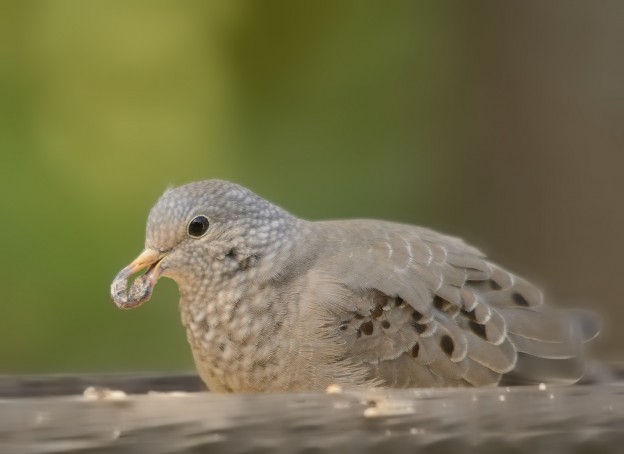
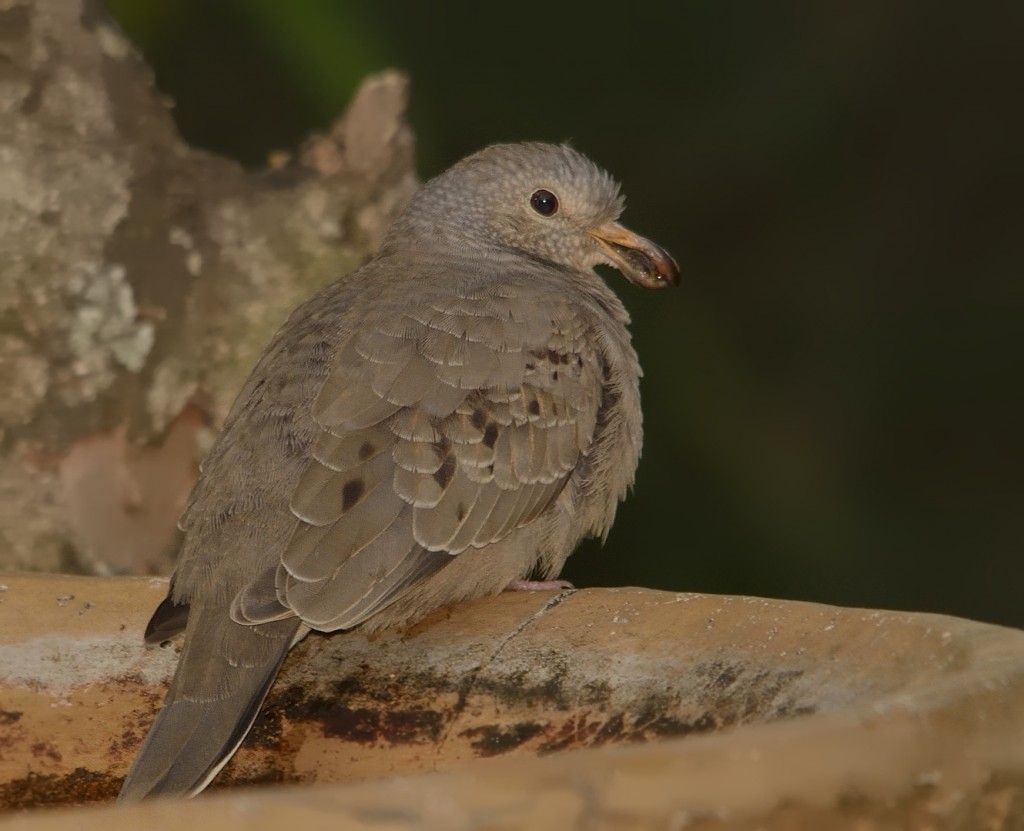
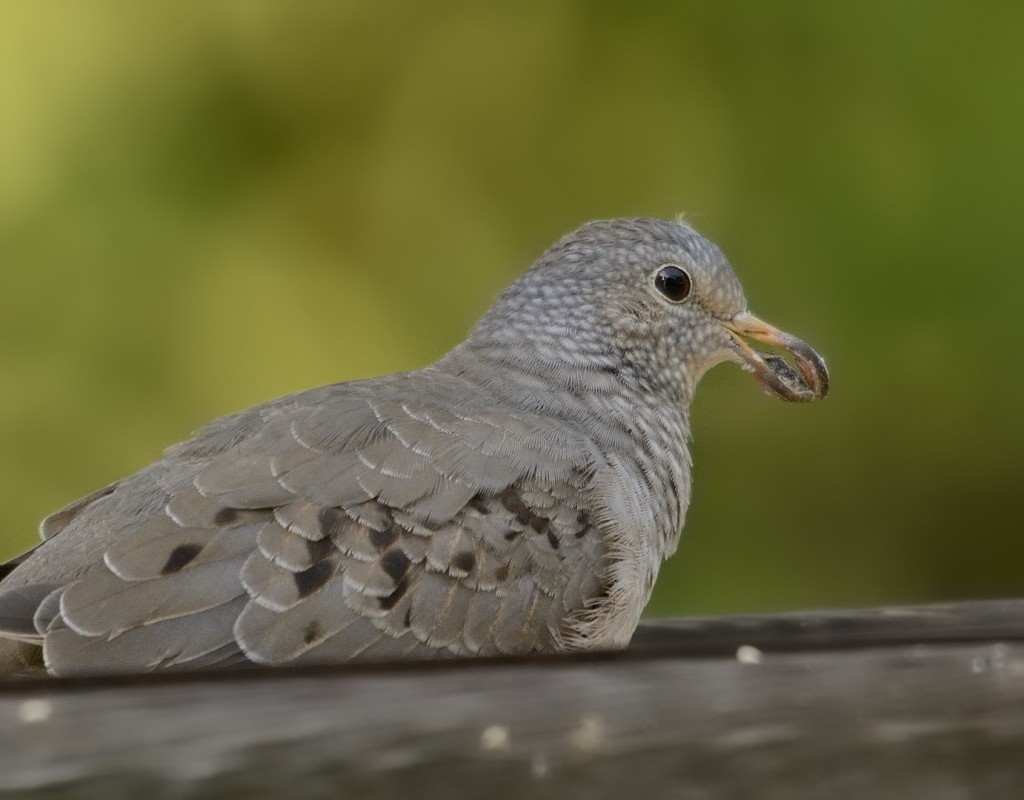
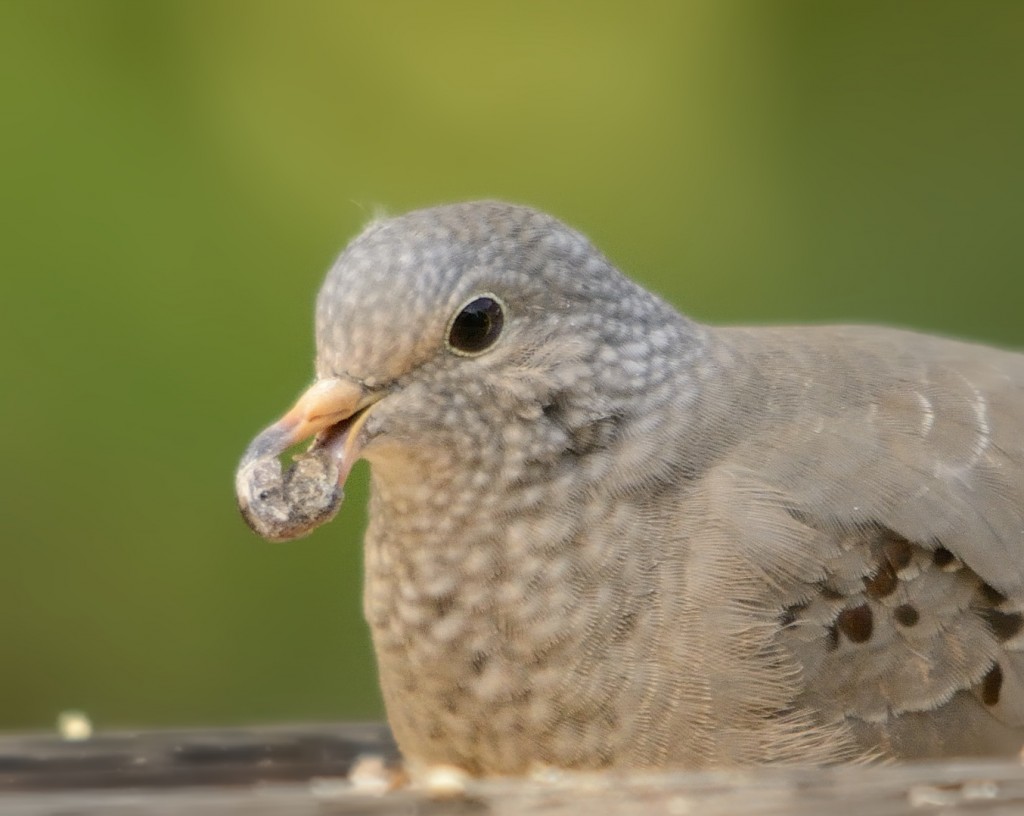
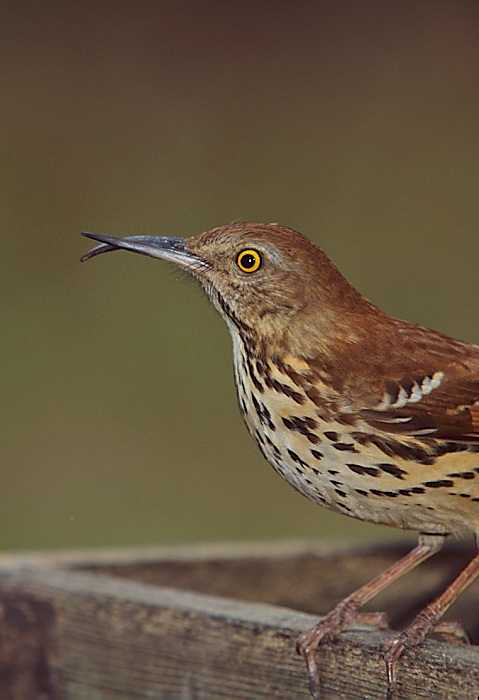
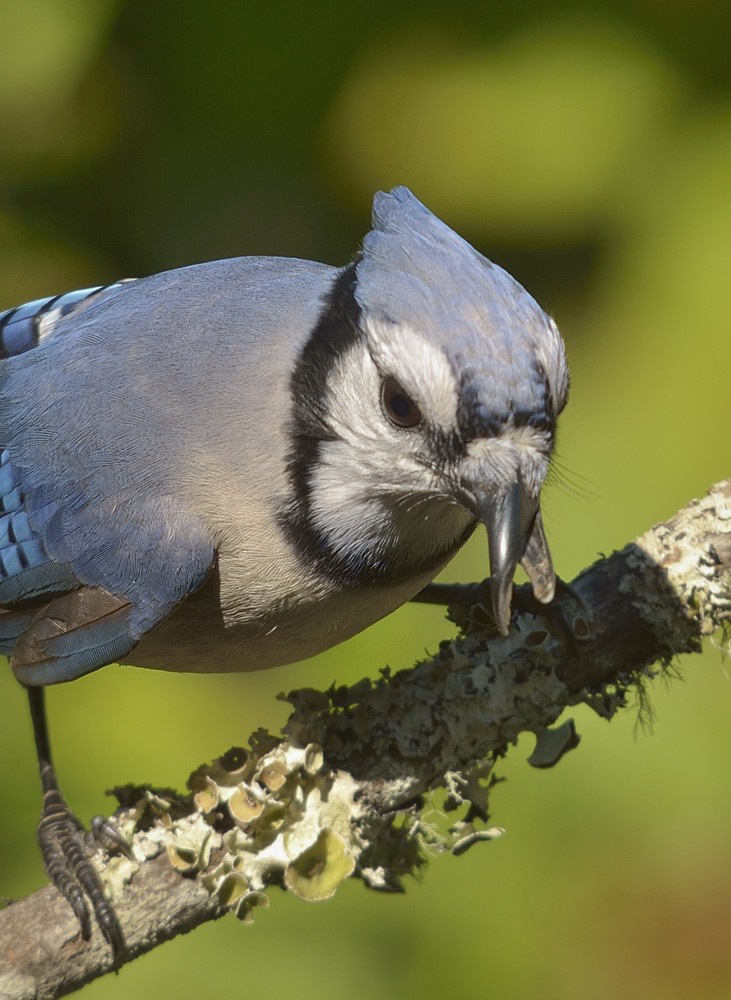
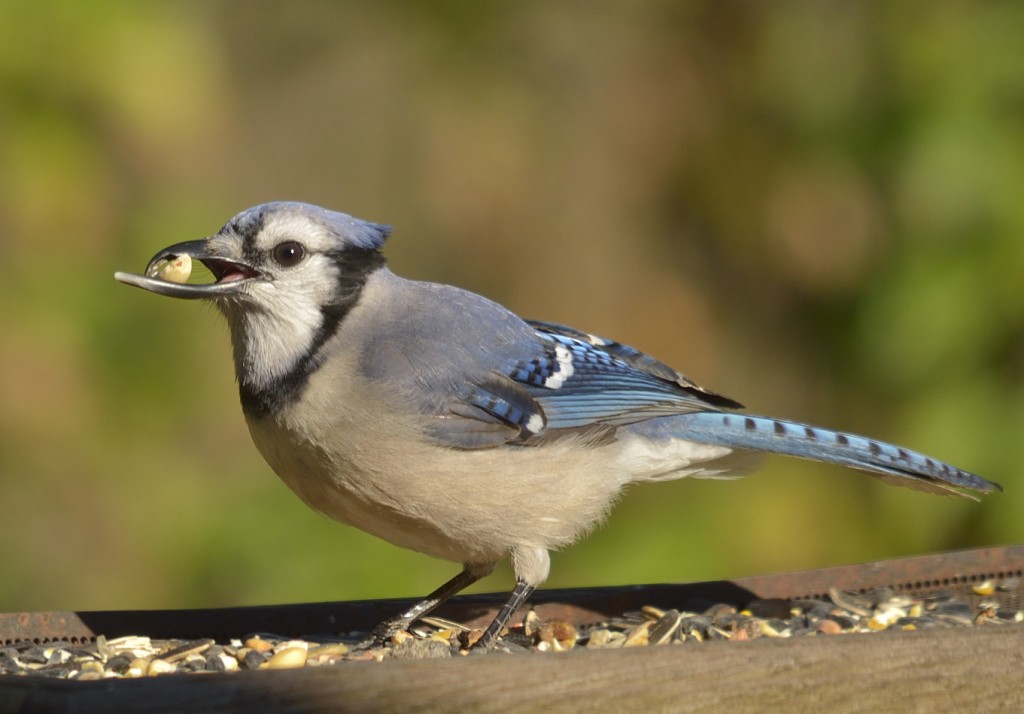
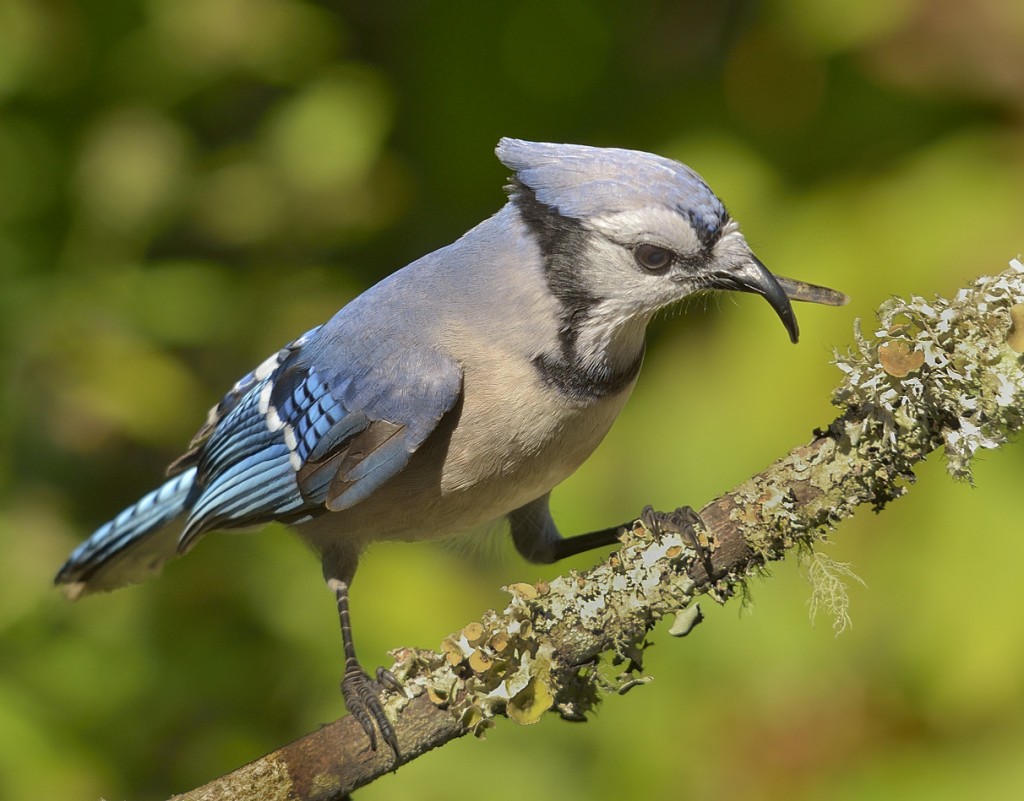

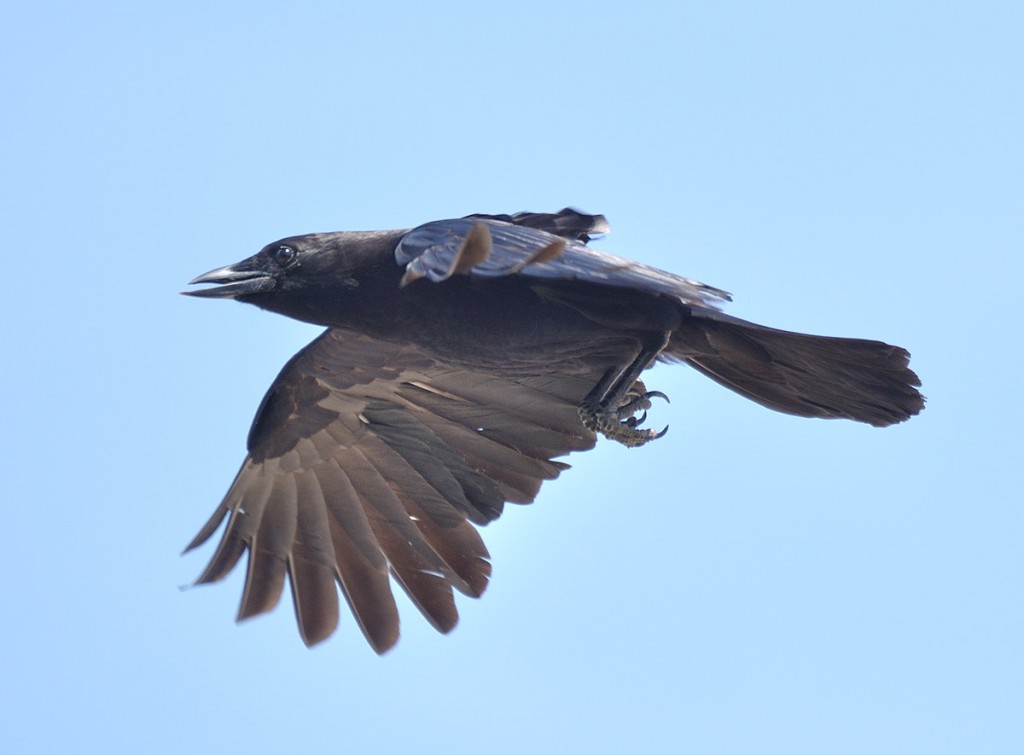
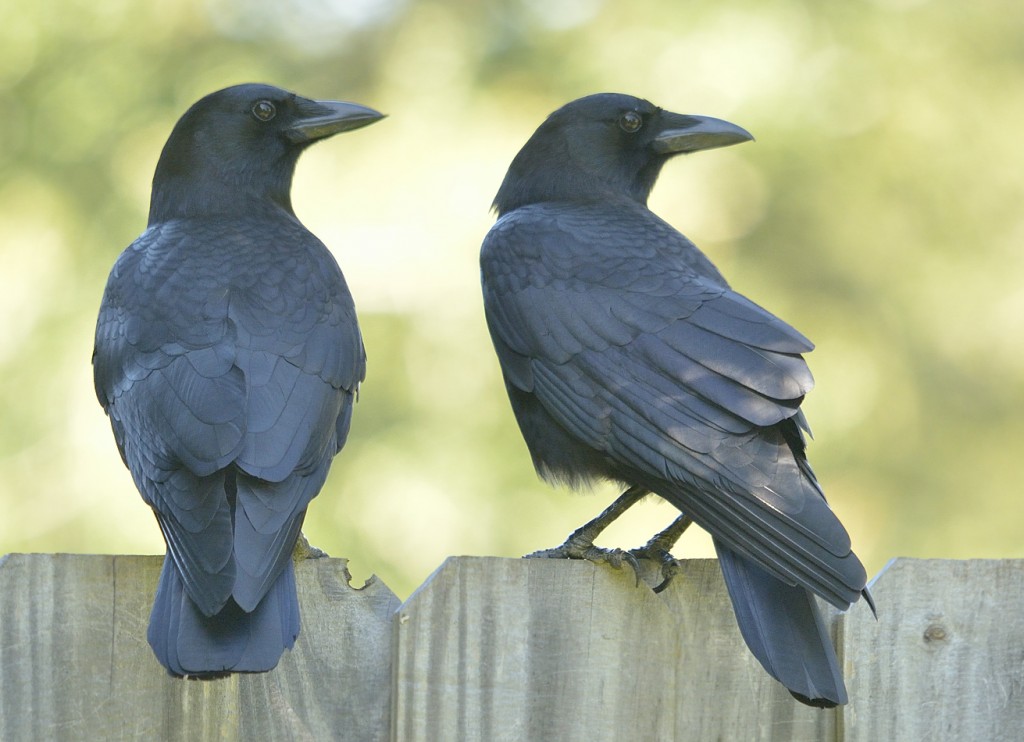
Pete – yet another fascinating topic with excellent accompanying photos. Well done!
Thank you, Marianne.
Thank you for the invitation to investigate your blog, Dr. Pete. Superb writing, humor, edification, and excellent photography abounds. As that sci-fi character said in the movies, “I’ll be back.” It’s easy to see why students would choose to take your elective courses over others with you at the helm.
Thanks so much for looking, Bob, and for your kind words.
Pingback: Darwin’s Goldfinches | Volusia Naturalist